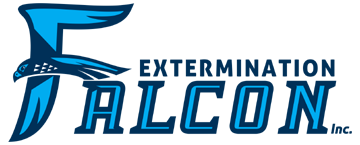House Fly Extermination, Control and Treatment
Drosophile Fruit Flies, Extermination, Control and Treatment
 Typical Drosophile Fruit Flies or wild fruit flies can be identified by their brick red eyes, yellow-brown colour, and have transverse black rings across their abdomen. They exhibit sexual dimorphism: females are about 2.5 mm long; males are slightly smaller and the back of their bodies is darker. Males are easily distinguished from females on colour differences, with a distinct black patch at the abdomen, less noticeable in recently emerged flies. Males have a cluster of spiky hairs surrounding the reproducing parts used to attach to the female during mating.
Typical Drosophile Fruit Flies or wild fruit flies can be identified by their brick red eyes, yellow-brown colour, and have transverse black rings across their abdomen. They exhibit sexual dimorphism: females are about 2.5 mm long; males are slightly smaller and the back of their bodies is darker. Males are easily distinguished from females on colour differences, with a distinct black patch at the abdomen, less noticeable in recently emerged flies. Males have a cluster of spiky hairs surrounding the reproducing parts used to attach to the female during mating.
Domestic Flies, Extermination, Control and Treatment
 Domestic flies, a.k.a.“Filth Flies”, not only are a nuisance by their presence, but are important from a human and animal health standpoint. Houseflies may spread diseases such as conjunctivitis, poliomyelitis, typhoid fever, tuberculosis, anthrax, leprosy, cholera, diarrhea and dysentery. They may serve as intermediate hosts for parasitic tapeworms on poultry or parasitic roundworms on horses. Certain larvae of blowflies, bottle flies, screwworm flies and flesh flies may feed on dead as well as living tissue of mammals, causing blood poisoning and even death, especially in sheep.
Domestic flies, a.k.a.“Filth Flies”, not only are a nuisance by their presence, but are important from a human and animal health standpoint. Houseflies may spread diseases such as conjunctivitis, poliomyelitis, typhoid fever, tuberculosis, anthrax, leprosy, cholera, diarrhea and dysentery. They may serve as intermediate hosts for parasitic tapeworms on poultry or parasitic roundworms on horses. Certain larvae of blowflies, bottle flies, screwworm flies and flesh flies may feed on dead as well as living tissue of mammals, causing blood poisoning and even death, especially in sheep.
Stable flies can inflict a surprisingly painful bite. They suck blood from humans and animals in order to feed. False stable flies on the other hand do not bite. False stable flies are a nuisance in the spreading of certain types of diseases. The common little house fly is a nuisance in that it hovers mid air in the middle of rooms.
